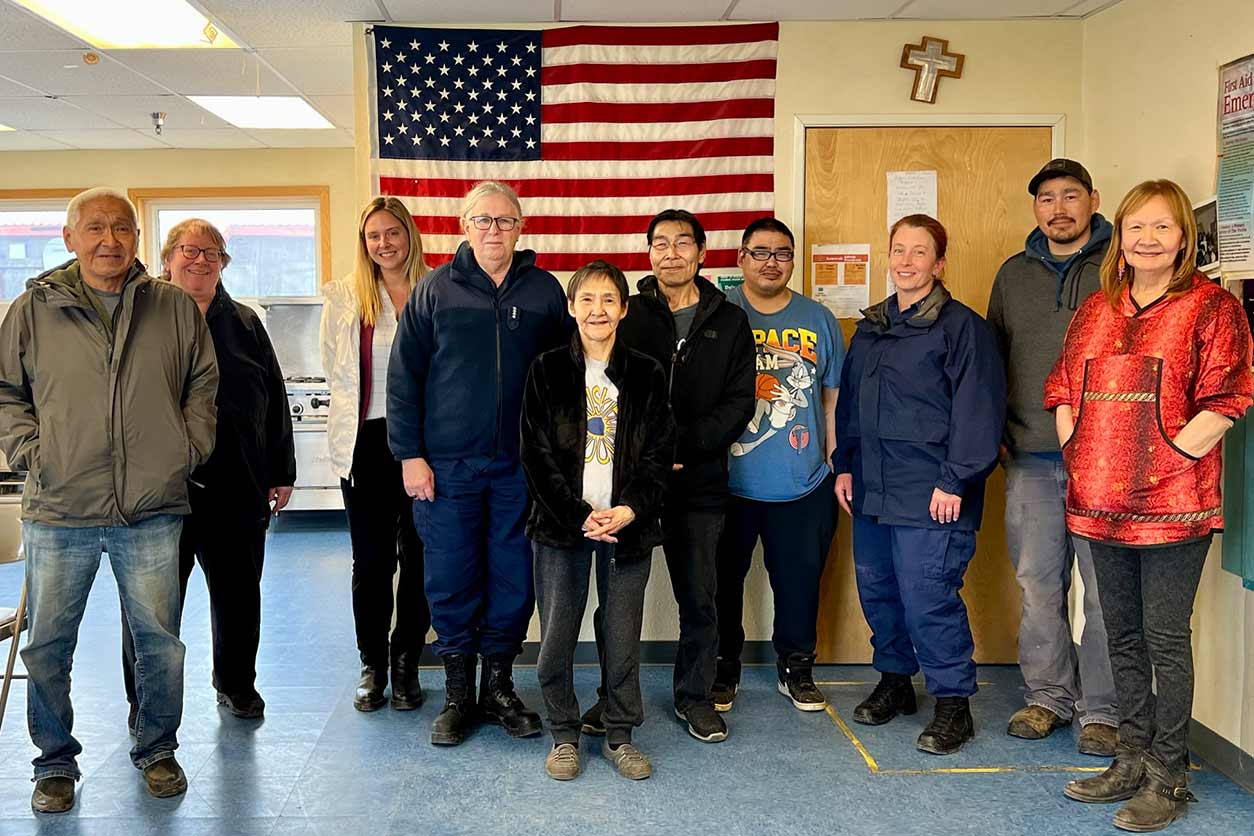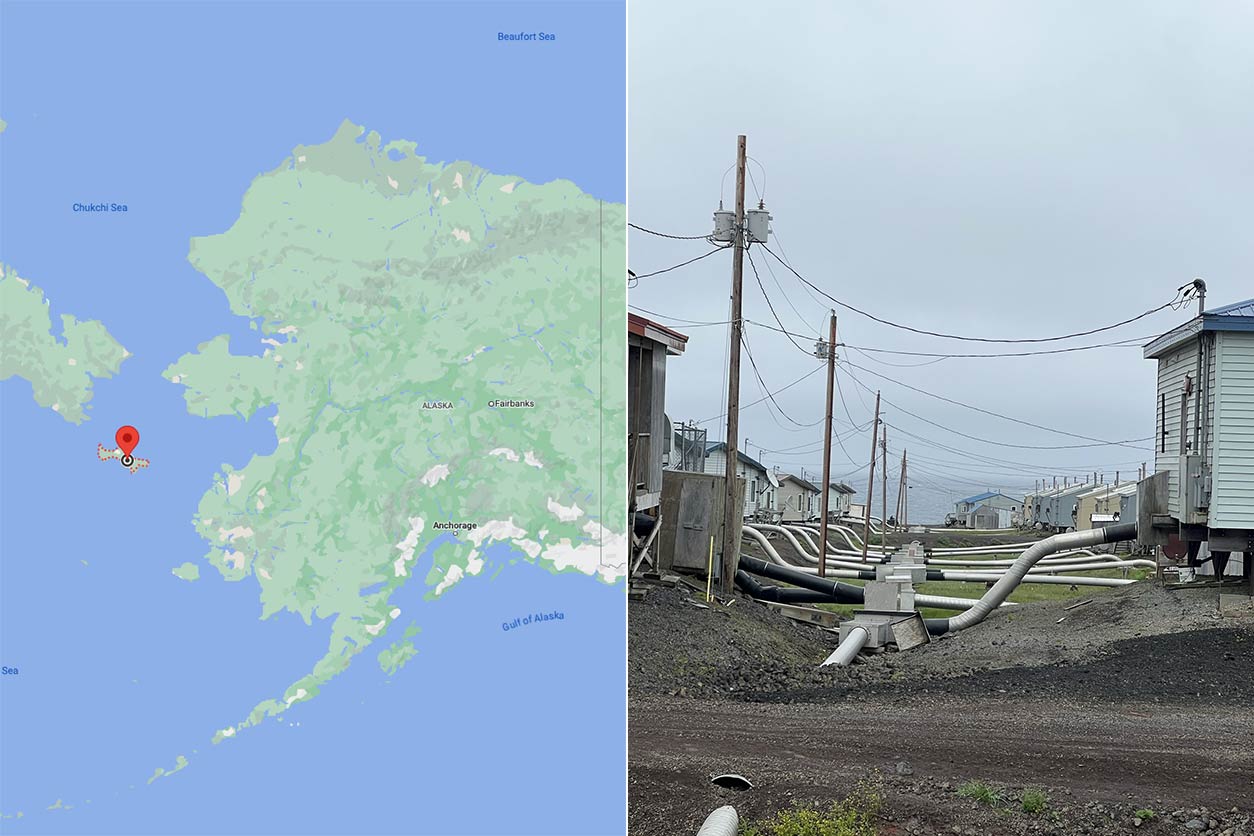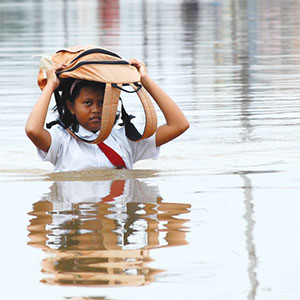During a visit to Alaska in early August, Admiral Rachel Levine, M.D., the Assistant Secretary for Health at the U.S. Department of Health and Human Services (HHS), had the opportunity to see and hear firsthand the urgent climate and health challenges that residents face. National Institutes of Health (NIH) grantees in the region shared their concerns that the effects of climate change may be a harbinger for the Lower 48 states.
Alaska is warming at about double the rate of the Lower 48 states, with more than 2.5 million acres of sea ice lost. Permafrost, which consists of soil, rocks, and sand held together by ice, is releasing contaminants as it melts. And, ocean and air currents are carrying a disproportionate amount of persistent organic pollutants, such as pesticides, to Arctic Alaska.
“People living in Alaska are on the front lines of climate change and environmental justice issues from contamination,” said Adm. Levine. “We must and can do better to ensure that a healthier future includes us all.”

Combatting contaminants
During the visit, Adm. Levine met with many groups, including NIH and NIEHS grantees conducting exposure and climate change and health research.
“We were grateful for Admiral Levine’s visit and impressed with her compassion and interest,” said Pamela Miller, executive director of Alaska Community Action on Toxics (ACAT), a nonprofit dedicated to addressing health risks from contaminant chemicals.
ACAT connects environmental health researchers with indigenous Yupik people of Sivuqaq, which is the traditional name of St. Lawrence Island.

Miller currently leads a community-based participatory research project on the island with the help and participation of its residents. The goal is to assess and prevent children’s exposures to chemicals such as polychlorinated biphenyls and flame retardants, which are known to disrupt developing endocrine systems.
Using science to address climate change
In addition, Karsten Hueffer, D.V.M., Ph.D., of the University of Alaska Fairbanks, shared his team’s work to support the NIH Alliance for Community Engagement on Climate and Health (ACE-CH), which is funded through the NIH Climate Change and Health Initiative and focuses on communities most affected by the health effects of climate change.
Hueffer and Stacy Rasmus, Ph.D., director of the Center for Alaska Native Health Research, received NIH funding in March to establish an Alaska-based hub to evaluate knowledge, attitudes, and beliefs about climate change and its effects on health and well-being in two rural Alaska Native communities.
The Alaskan hub together with three other sites — in Colorado, southern California, and north-central California — will conduct community-engaged research that incorporates social determinants of health to increase capacity, outreach opportunities, and health equity.
The intersection of climate change and health will be further explored during an upcoming United Nations Conference of the Parties (COP) session titled "Health / Relief, Recovery and Peace." COP 28 will be held Nov. 30-Dec. 12 in Dubai.
(Caroline Stetler is Editor-in-Chief of the Environmental Factor, produced monthly by the NIEHS Office of Communications and Public Liaison.)
For more on ACAT’s work, check out the following NIEHS resources.
- E-Factor article: On remote Alaskan island, community-based research empowers residents.
- Studying Exposure to Legacy Contaminants and Health Effects on Sivuqaq (St. Lawrence Island).
- Project summary for grant number R01ES019620.









